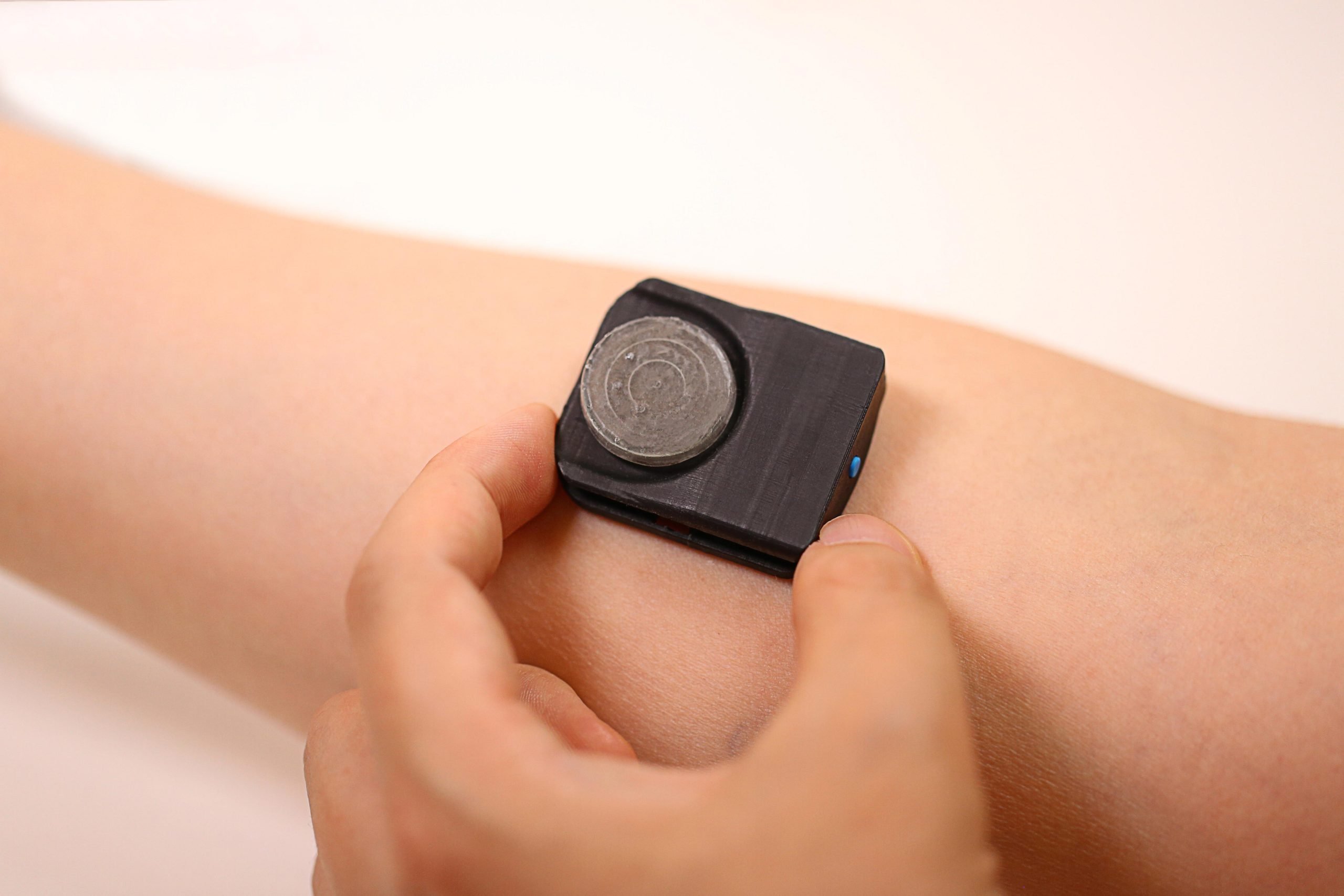Summary
First wearable device to monitor health by detecting gases emitted from and absorbed through the skin. Researchers at Northwestern University have developed the first wearable device capable of measuring gases both released from and absorbed by the skin.
Source: SciTechDaily

AI News Q&A (Free Content)
Q1: What is the significance of the wearable device developed by Northwestern University in monitoring skin gases?
A1: The wearable device developed by Northwestern University is significant because it is the first of its kind to monitor gases both emitted and absorbed through the skin. This capability is crucial for tracking various health indicators, as skin can release volatile organic compounds and absorb environmental toxins. Such a device has the potential to provide insights into metabolic processes and environmental exposure.
Q2: How does the new device differ from traditional methods of health monitoring?
A2: Traditional health monitoring methods often involve invasive procedures like blood tests or devices that measure physiological signals such as heart rate and temperature. The new wearable device differs by focusing on gases emitted and absorbed by the skin, offering a non-invasive alternative. This method can detect changes in health status in real-time, providing a continuous health monitoring solution without the discomfort of invasive techniques.
Q3: What are some potential applications of this wearable device in healthcare?
A3: Potential applications of this wearable device include monitoring metabolic disorders, detecting environmental toxin exposure, and managing chronic diseases. By analyzing the gases emitted and absorbed by the skin, healthcare providers can track patients' metabolic health, assess exposure to harmful substances, and adjust treatment plans accordingly. This could lead to more personalized and proactive healthcare management.
Q4: How does this innovation align with the trend of consumer innovation in healthcare technology?
A4: This innovation aligns with the trend of consumer innovation in healthcare by providing a user-friendly, non-invasive, and continuous health monitoring solution. As consumers increasingly seek personalized and accessible healthcare options, devices like this one cater to the demand for real-time health insights and proactive wellness management, potentially reducing the need for frequent medical visits.
Q5: What are the challenges associated with implementing wearable gas-sensing technology?
A5: Challenges associated with implementing wearable gas-sensing technology include ensuring sensor accuracy, managing data privacy, and achieving long-term wearability and comfort. These devices must accurately detect and analyze minute gas concentrations, which requires advanced sensor technology. Additionally, handling the sensitive health data generated by these devices requires robust privacy measures to protect users' information.
Q6: What recent scholarly research supports the development of stretchable and strain-insensitive bioelectronics for wearable devices?
A6: Recent scholarly research, as reported in the paper 'A Printed Microscopic Universal Gradient Interface for Super Stretchable Strain-Insensitive Bioelectronics,' supports the development of stretchable and strain-insensitive bioelectronics. This research describes a unique interface that allows for high-fidelity monitoring of physiological signals on non-planar and dynamic body surfaces, crucial for wearable devices like the one developed by Northwestern University.
Q7: How does the concept of electronic skin relate to the new wearable device for monitoring skin gases?
A7: The concept of electronic skin, which involves sensors mimicking human skin functionalities, relates to the new wearable device by providing a foundation for developing sensitive and responsive monitoring systems. Recent advancements in optical skins, as demonstrated in 'Ultrasensitive hybrid optical skin,' show how incorporating optical elements can enhance sensor sensitivity and response times, which are critical for effective skin gas monitoring.
References:
- A Printed Microscopic Universal Gradient Interface for Super Stretchable Strain-Insensitive Bioelectronics
- Ultrasensitive hybrid optical skin
- Evaluation of Pulse Oximetry Accuracy in a Commercial Smartphone and Smartwatch Device During Human Hypoxia Laboratory Testing




